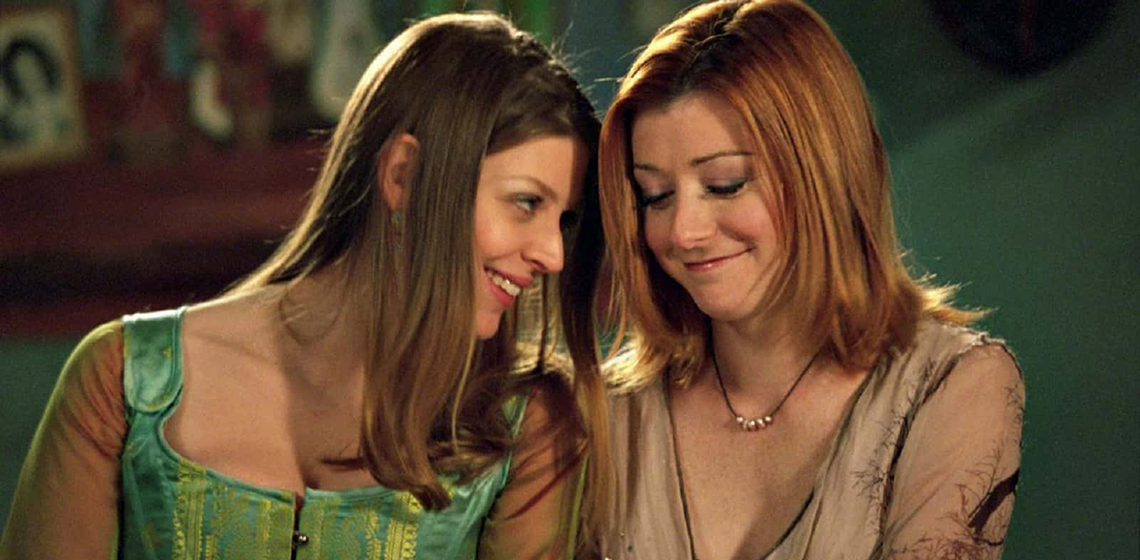We at qLit are big fans of the recent uptick in the amount and variety of LGBTQ characters on television (more detailed accounts of our joy can be found here, here, here and here). It’s worth examining however, how do these stories end. The following article will include spoilers from both TV and movies.
Bury Your Gays. This is not a suggestion or a call to action, only in a sarcastic, and somewhat bitter way: even though there are many more LGBTQ people on our screens these days, it’s still more than likely that they will end up dead, or at least very unhappy, before the story wraps.
In this 2016 article for The Hollywood Reporter, Dorothy Snarker refers to statistical data stating that in the history of live action TV, almost 200 lesbian or bisexual recurring characters have died, and less than 20 couples had a happy ending.
Most of you know literary tropes: these are recurring motifs, rhetorical devices or clichés that appear in various creative works. A typical trope would be the ordinary boy (sometimes girl) who turns out to be very special and ends up saving the world: Neo, Luke Skywalker, Harry Potter or Katniss Everdeen.
LGBTQ people dying prematurely and unnecessarily is also a recurring, albeit less fun trope. In the 2015/16 TV season, four different shows have featured the death of a lesbian character within a month: Jane the Virgin, The 100, The Magicians and The Walking Dead. While these are pretty different deaths in pretty different shows, the sheer amount has brought up the issue of LGBTQ characters’ survival and Bury Your Gays.

It’s important to note that death on its own is not a problem. There is no guarantee of survival for straight characters either – what matters here is how and why they die. Whose story benefits from the death? Why did they die? Did they die in a way that was worthy of their character arc?
We know that representation is important, but this issue begs the question: if the on-screen avatars and role models never get a happy ending, are we helping anyone?
Another thing worth considering are the remaining characters. More often than not, queer people are supporting characters among a lot of straights. That means if they die, what remains is the (probably) straight protagonist, whose story gets a new, interesting layer. The purpose of the death is to advance the story of a straight character.
As Snarker says, there isn’t much representation for anyone who is not straight and cisgendered; and even though it’s getting better, as long as the stories of LGBTQ people end with death and heartbreak, there is a legitimate chance of this doing more harm than good, especially for young viewers.

The good news is, creators seem to be listening. Jason Rothenberg, creator of The 100 has actually apologized for the way he handled Lexa’s death, and brought the character back for the season finale to say goodbye in style. Your mileage may vary in terms of accepting or appreciating this apology (it doesn’t actually solve anything on its own), but as far as steps go, this is definitely one in the right direction.

